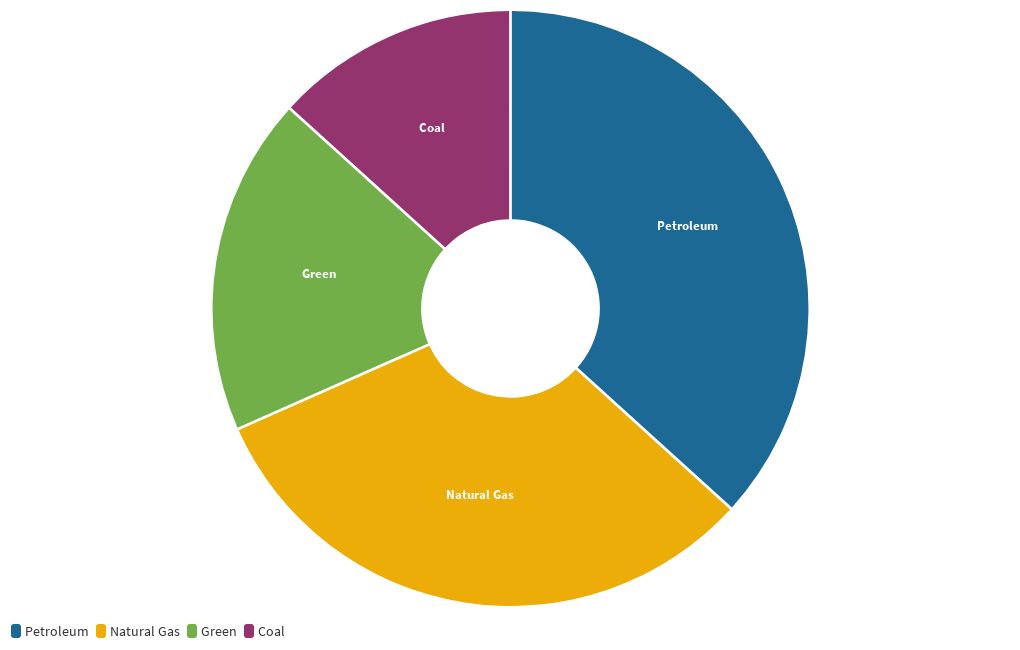
In the Reference case, EIA projects that US natural gas exports will rise through 2050, primarily driven by increases in LNG capacity, global natural gas consumption, and pipeline exports to Mexico and Canada.įrom 2021 through 2050, EIA project that US crude oil exports will remain near their projected peak and that they will remain mostly the same in both gross terms and as a percentage of total domestic crude oil production. US crude oil production will reach record highs, while natural gas production is increasingly driven by natural gas exports, EIA projects. It includes heat, but not energy from food.

New technologies will continue to drive down the cost of wind and solar generators, further increasing their competitiveness in the electricity market, even as assumed policy effects lessen over time,” EIA said in the report. World energy supply and consumption is global production and preparation of fuel, generation of electricity, energy transport and energy consumption.It is a basic part of economic activity. “The share of generation from renewable energy sources, such as wind and solar, will rapidly increase over the next 30 years as state and federal policies continue to provide significant incentive to invest in renewable resources for electricity generation and transportation fuels. Wind and solar incentives, along with falling technology costs, support robust competition with natural gas for electricity generation while the shares of coal and nuclear power decrease in the US electricity mix. Consumption of natural gas will continue to grow as well over this period, maintaining the second-largest share of all fuel sources, driven by expectations that natural gas prices will remain lower than historical levels.” Learn how Energy Star, the US government’s program, works and how they identify the most efficient appliances within each category. As shown in the chart, petroleum that is mainly used for the purpose of. The following pie chart (Figure 4) shows the United States energy consumption by source in 2019. In the European Union, appliances are rated according to their energy consumption. We will now take a look at the current state of energy production and consumption in the US followed by a brief examination of the renewable and alternative energy sources. Nevertheless, in all of the AEO2022 cases, “production of renewable energy will grow more quickly than any other fuel source through 2050. Evaluate your home energy use as part of the US Environmental Protection Agency’s Carbon Footprint Calculator. The transportation sector will consume the majority of these fuels, particularly motor gasoline, and diesel,” EIA said. Petroleum and other liquids will remain the most-consumed category of fuels through 2050 in the AEO2022 Reference case. According to EIA’s 2020 Annual Energy Review (covering data through 2019), residential sector’s energy use share has been relatively stable. “We project that US energy consumption will continue to grow through 2050 as population and economic growth outpace energy efficiency gains. New homes built since 2000 account for just 3.7 of the total energy consumed in the U.S., according to NAHB’s analysis of the 2015 Residential Energy Consumption Survey (RECS) data from the EIA. Nuclear and solar power are set climb steadily and reach approximately 8 and 5 quadrillion units respectively, however hydropower saw a drop in 2010 and is predicted to remain stable at 3 quadrillion units until 2030.Petroleum and natural gas remain the most-consumed sources of energy in the US through 2050, but renewable energy is the fastest growing. Nuclear and other renewable energies started at 4 quadrillion units in 1980 and fluctuated until 2030. On the other hand, after some fluctuation, it is envisaged that natural gas will level off and remain constant till 2030 at 22 quadrillion units. In 1980, natural gas and coal started with minor difference at 20 quadrillion units and 15 quadrillion units respectively, however coal is set to surpass natural gas in 2020 and reach about 30 quadrillion units in 2030. Petrol and Oil have the biggest share, starting with 35 quadrillion units in 1980, rising to approximately 40 quadrillion units in 2005 and is projected to follow the same trend increasing to around 45 quadrillion units by 2030.

Overall, it is apparent that the fossil fuels will continue to be the most popular source of energy as compared to nuclear and renewable energy resources. The line graph displays 2008 energy consumption report of USA since 1980 and predictions until 2030. Summarise the information by selecting and reporting the main features, and make comparisons where relevant. The United States electric power sector energy consumption grew to 38.6 quadrillion Btu in 2014, a 0.5 increase from 2013.1. The graph below gives information from a 2008 report about US energy consumption by fuel since 1980 with projections until 2030. IELTS Academic writing: Report about US energy consumption by fuel since 1980 with projections


 0 kommentar(er)
0 kommentar(er)
